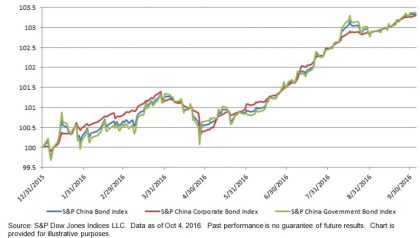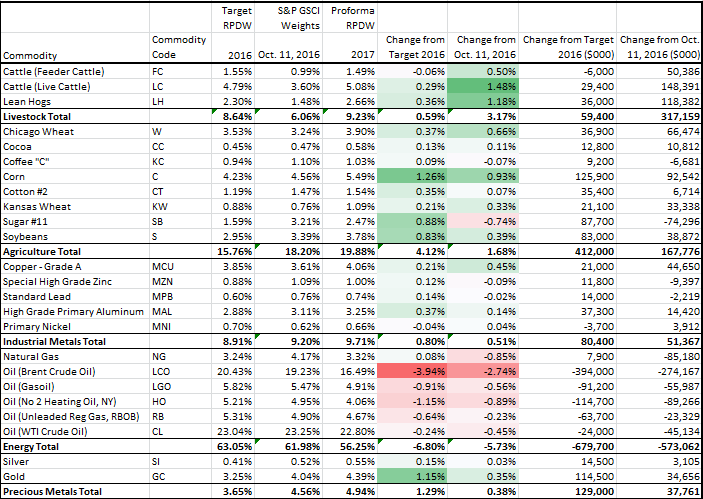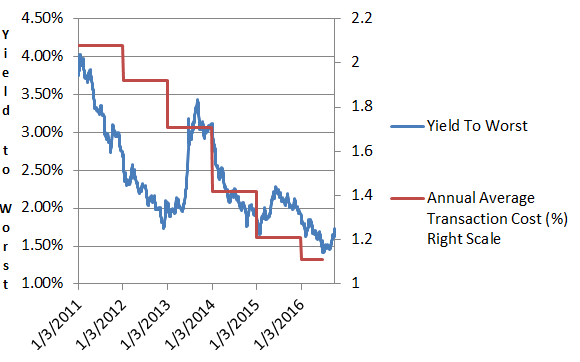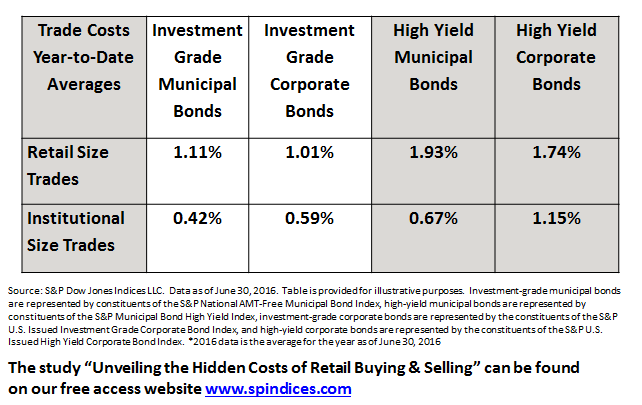A poll conducted in 2014 revealed that 74% of Americans believe in heaven, which was defined for respondents as a place “where people who have led good lives are eternally rewarded.” The index world has a heaven too, where companies aspire to be and good deeds are recognized. It’s called the Dow Jones Sustainability Index.
When companies make it into the Dow Jones Sustainability Index – an index series that incorporates environmental, social, and governance (ESG) factors into its inclusion criteria and weighting schemes – they are justifiably proud. But how does a company get into paradise? It’s not easy. Regular confession and a real desire to change are required.
The measurement tool for whether a company is “good” and heaven bound is a survey. Our partner, RobecoSAM, every year issues the Corporate Sustainability Assessment, which covers varied topics such as executive pay, gender equality, and corporate citizenship. The effort dedicated to this survey is simply incredible. In 2015, 2,126 companies were assessed, either by themselves or by RobecoSAM; 2,145,567 data points were collected and analyzed; and, on average, 150 hours were spent on each assessment.
What is the Goal?
The aim of the survey is to determine:
- Is a given company aware of sustainability issues?
- Does the company have a strategy to address them?
- Is the company making progress and reporting its results?
These are basic objectives but it takes a lot of work to figure out where a company stands in achieving them.
A Peek Inside the Survey
Because different factors matter in different industries, the survey varies by industry group. It’s still worthwhile, though, to glance through one survey to get a feel for what companies are reporting and RobecoSAM is measuring. Here is a link to a sample survey for the Metals & Mining industry. If you will read some of the questions, you will notice how RobecoSAM draws out information that allows it to achieve its three aims listed above.
The questions on human rights highlight this really well. Section 3.2.5 asks if the company is aware of and committed to human rights:
Does your company have a policy in place for its commitments to respect human rights in accordance with the UN Guiding Principles on Business and Human Rights? Please provide supporting evidence.
The next section, 3.2.6, asks if the company has a human rights strategy:
Has your company developed and implemented a due diligence process to identify, prevent, mitigate, and account for how to address its impacts on human rights? The process should enable the remediation of any adverse human rights impacts a company causes or contributes to. Please provide supporting evidence.
And, finally, 3.2.7 determines whether the company is measuring and is reporting its progress:
Has your company conducted an assessment of potential human rights issues across your business activities in the past three years?
The Reward
Whether altruism exists among people is debatable, but this we know about corporations: when they dedicate their scarce resources to something, it’s because they want a return. Getting into index heaven, the Dow Jones Sustainability Index, is one potential reward, but an even more tangible payout is investment from the growing number of institutions that care about ESG factors.
The posts on this blog are opinions, not advice. Please read our Disclaimers.











